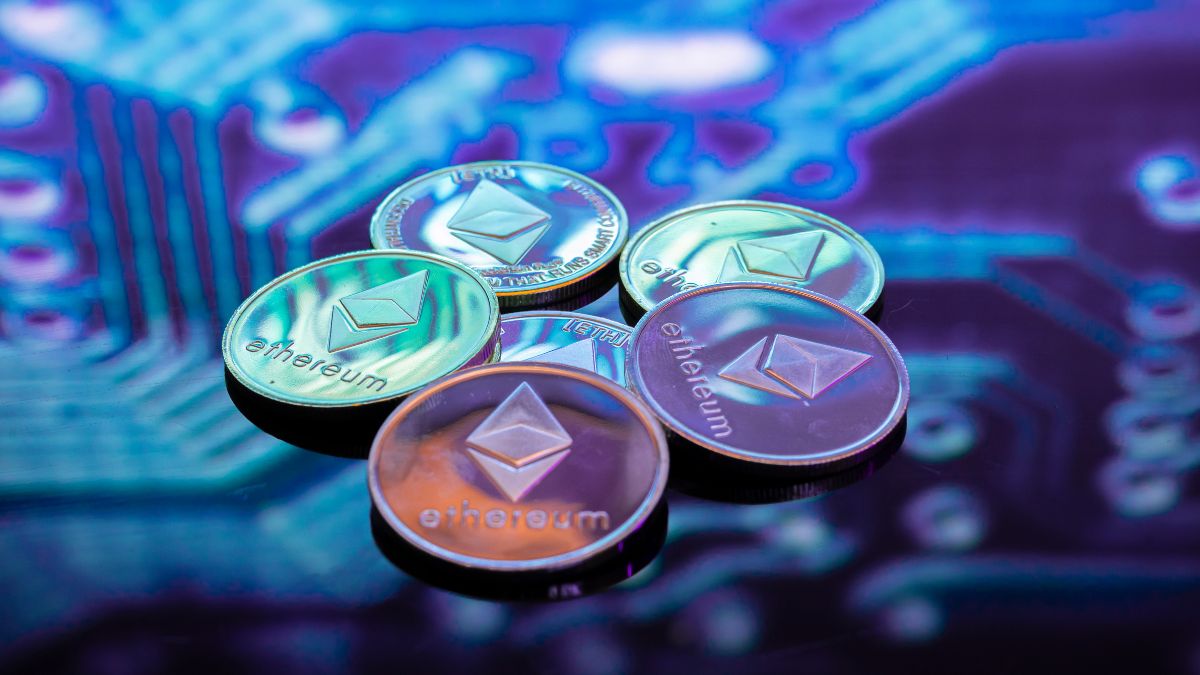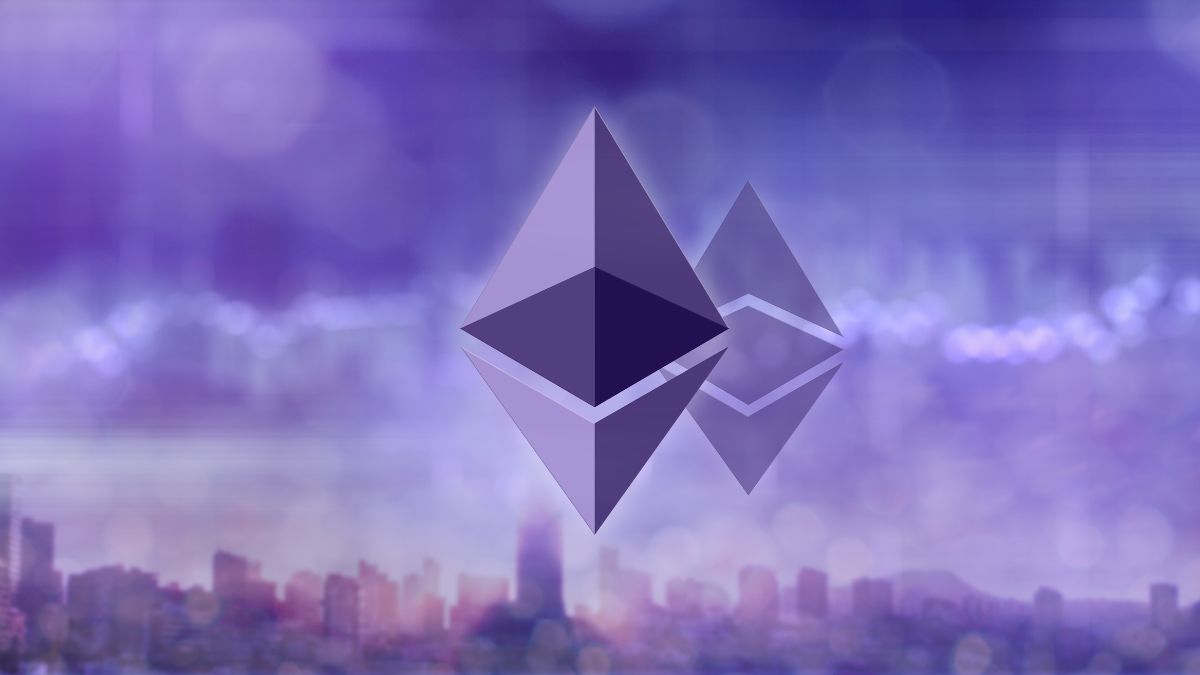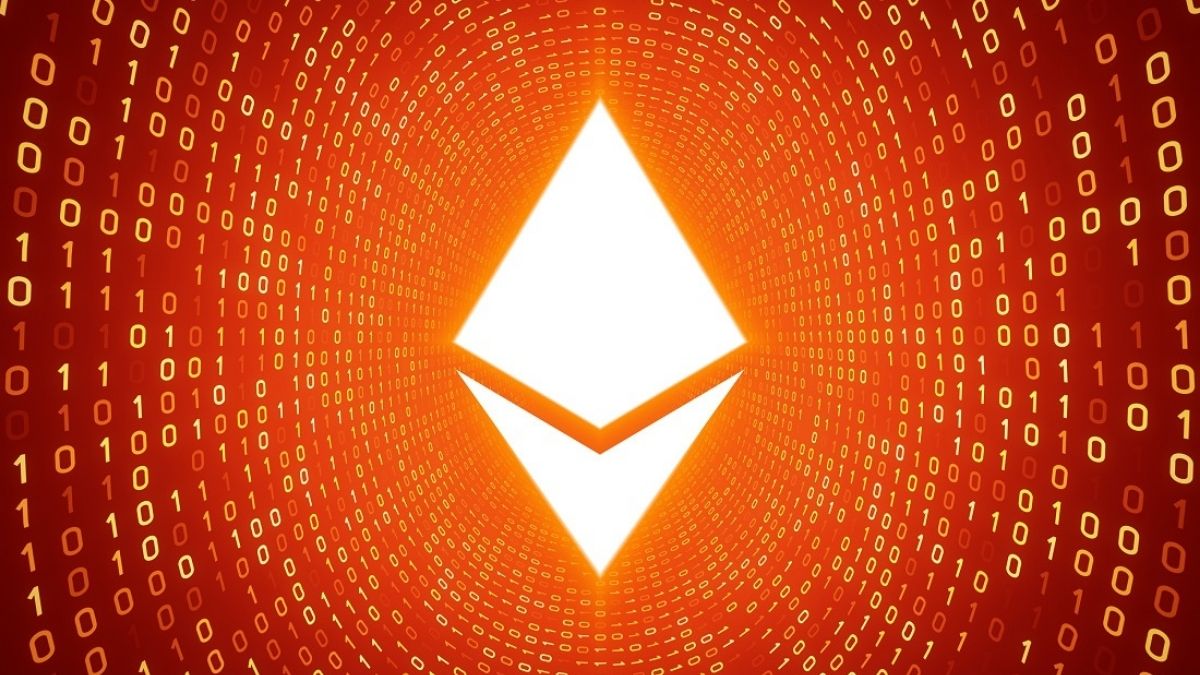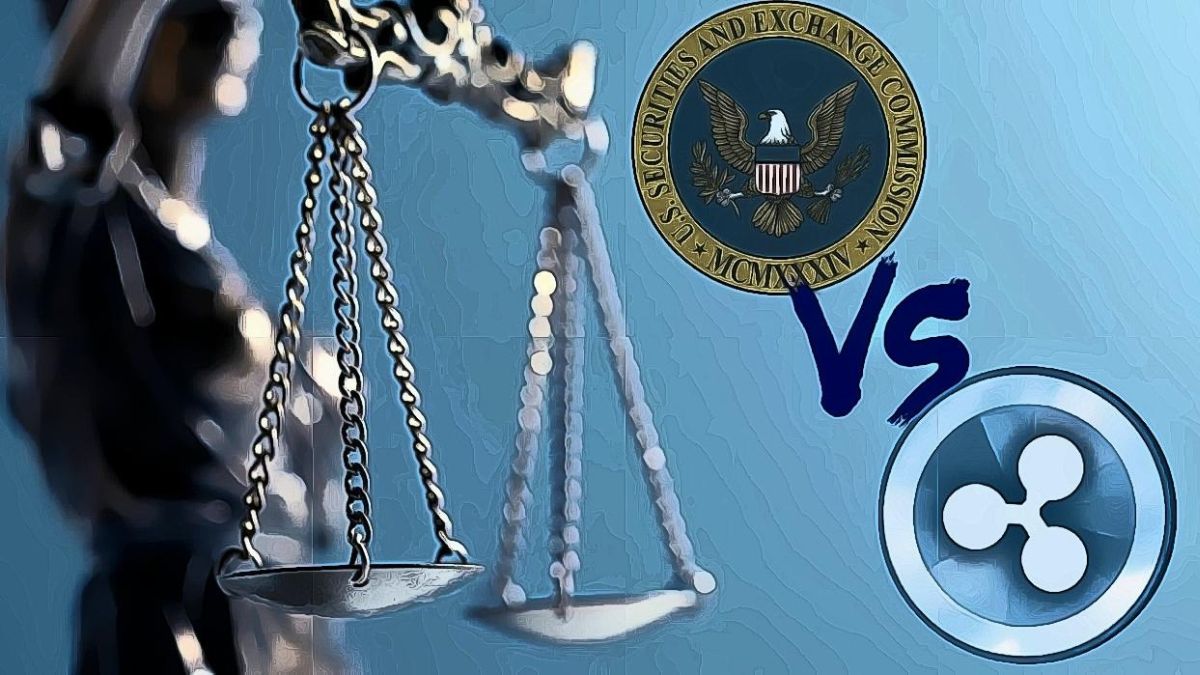Altcoins News
What are gas fees?
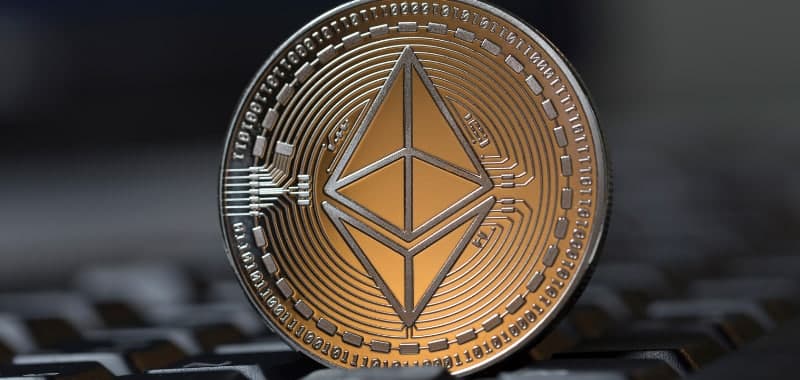
“Gas fees” are the transaction fees that users pay to miners on a blockchain protocol to have their transaction included in the block. The system works on a standard supply and demand mechanism. If there is more demand for transactions, miners can choose to include the transactions that pay more, compelling users to pay more to have their transactions processed quickly and efficiently. Users of Ethereum can also choose to pay more for faster transactions, as seen in the diagram below.
Wallets like MetaMask enable users to interact directly with the Ethereum network, choosing which amount of gas they wish to pay. There are several websites where you can track gas prices, like ethgastation.info or ethereumprice.org.

Why are gas prices so expensive?
Gas fees can be high because Ethereum is one of most used blockchains — there is so much movement in the Ethereum chain that the blocks are full and transaction fees shoot up with each rise in demand.
Gas fees are not always astronomical, but they have spiked to incredibly high levels during peak periods in the past such as the 2017 ICO boom and the DeFi summer of 2020, both times where the value of Ethereum and the number of projects in the space skyrocketed, bringing congestion to the Ethereum network.
In many instances, gas fees can be outrageous for most use cases. However, rising gas fees does demonstrate that there are real use cases for Ethereum and the decentralized applications (DApps) are built on top of it.
If we manage to scale Ethereum, making it process more transactions and at a lower cost, new business models will emerge. One of the most successful use cases of a blockchain network so far is the aforementioned decentralized finance (DeFi) ecosystem.
The DeFi summer
During the first half of 2020, several new projects in the decentralized finance space very quickly rose in popularity and made a lot of people very wealthy, very quickly, which led to a surge in their usage we now call the “DeFi Summer.”
Lending, borrowing, flash loans, derivatives, yield farming and decentralized insurance were all popularized very quickly. DeFi was a booming ecosystem, and it also had its share of several hacks, rug pulls and other dramas.
On this chart from Gitcoin, you can see the evolution of gas prices over the last 35 weeks from July 2020 to February 2021.

Smart contracts have peaks of high demand. As the network gets busier, so does the price of its native asset (which is ETH in the case of Ethereum).
Increased value of Ethereum
An increase in usage — which tends to come with the appreciation of ETH — means an increase in gas fees for the whole network.
Ethereum’s dominance as a base layer (Layer 1) for Web3 is challenged by an array of protocols, like Binance Smart Chain, Avalanche or Cardano, to name a few. The main feature of many of these projects is to offer lower gas fees and in some cases, a higher volume of transactions per second (TPS).
The lower gas fees offered by these other blockchains come with their own issues. Gas prices are generally lower due to the reduced volume of traffic in those blockchains, and a significantly smaller number of DApps operating on them, at least when compared with Ethereum.

It is inevitable that some DApps are being priced out of the main Ethereum chain. These DApps often do not need composability with other Ethereum DApps and will move to side-chains, alternative chains or Layer 2 solutions. As scalability issues and high fees continue to stifle Ethereum, we are seeing an increase in bridges to move assets from one chain to another.
Layer 2 solutions are being developed to scale Ethereum and make it more competitive in the short term, while the network transitions to Ethereum 2.0. In the meantime, rollups are one of the most promising solutions and will likely be the catalyst that enables mainstream adoption of digital payment networks globally.
How can we Create a more sustainable Ethereum with lower gas fees?
Many different technical approaches are being developed in parallel in order to scale the capacity of Ethereum, increase throughput and lower gas fees. Out of these, rollups are beginning to show themselves as a promising solution.
By using Ethereum as the base layer and inheriting its security and decentralization, rollups allow users to make transactions without congesting the Ethereum network. We call Ethereum “Layer 1”, while a rollup is built “on top of it” as a Layer 2, expanding its original capabilities.
There are two main rollup groups: optimistic rollups and zero-knowledge rollups. Each of them has tradeoffs, and different use cases will be better suited for one type or the other.
For example, in the Hermez ZK rollup, we’re leveraging zero-knowledge technology to highly compress the data of transactions. In this way, we can batch thousands of transactions and reduce the gas cost, resulting in the user paying a lot less (-98%) per transaction.

The development and integration of different rollup solutions could foster a climate of commonwealth, rather than predatory competition. In any case, the whole Ethereum ecosystem will benefit from these technological innovations.
Conclusion
The roadmap towards Ethereum 2.0 is long and complex, but we can scale Ethereum now thanks to the development of rollups and the increasing availability of reliable data. Ethereum founder Vitalik Buterin recently published his views on the power of ZK rollups on the scalability issue facing Ethereum:
In general, my own view is that in the short term, optimistic rollups are likely to win out for general-purpose EVM computation and ZK rollups are likely to win out for simple payments, exchange and other application-specific use cases, but in the medium to long term ZK rollups will win out in all use cases as ZK-SNARK technology improves.
In the same way that rollups can scale Ethereum 1.0, they will also scale Ethereum 2.0, potentially making it able to outcompete traditional payment networks like PayPal or Visa in transactions per seconds.
At the time of writing, it is hardly feasible to trade or transfer tokens on UniSwap due to gas prices. Expensive network fees and low volume of processing transactions are blocking the way to mainstream adoption of digital currency. In the coming years, this will change completely, and soon we will be able to cheaply and efficiently transfer value between us all.
Altcoins News
Shiba Inu: Celebration for the Burning of 176 Million SHIB in a Historic Transaction

In an exciting development for the Shiba Inu community, September 20 marked a significant milestone as Shiba Inu’s official burn tracker announced that over 176 million SHIB tokens had been burned in a single transaction. But that’s not all; in the last 24 hours, a total of 135,933,606 SHIB tokens were burned, adding up to an impressive total of 521,814,163 tokens burned in just 7 days.
Impact on SHIB Price
As expected, this exceptional event has captured the attention of the cryptocurrency community and Shiba Inu investors worldwide. In the latest hourly update provided by Shibburn, the current price of the meme coin stands at $0.0000073, with a slight 0.15% decrease in the last hour. Although there has been a 1.34% decrease in the price in the last 24 hours, Shiba Inu’s market capitalization remains strong, valued at $4,297,527,749.
Lucie: The Voice of the Shiba Inu Community
On September 18, a key member of the Shiba Inu team, known as Lucie, addressed the community to answer burning questions about the highly anticipated SHIB token burn in Shibarium. Lucie emphasized that token burns are scheduled per transaction, meaning they occur based on the level of community participation. In a passionate plea, she urged SHIB holders to support this effort, stressing that SHIB burns are the result of close collaboration between developers and the community.
Lucie also pointed out that while it’s exciting to see enthusiasm for token burns, it’s crucial for the community to understand that SHIB burns are a community-driven initiative and not a call for developers to take immediate action.
Shibarium’s Focus: Strengthening BONE ShibaSwap
Amidst this backdrop of token burns, the Shibarium team has shifted its focus to strengthen the Bone ShibaSwap token, also known as BONE. Lucie emphasized that the implementation of BONE aims primarily to safeguard the interests of investors. To achieve this goal, the team has implemented a temporary locking contract along with a decentralized multi-signature wallet, ensuring maximum protection for Shiba Inu investors.
Shibarium’s Success with NOWNodes
Recently, Shibarium achieved an impressive feat by processing over 7 million RPC requests for the network in just one week. This achievement sets a new record for the platform and underscores the growing importance of Shibarium in the cryptocurrency ecosystem. NOWNodes, a node service provider supporting more than 80 blockchain networks, reported on this noteworthy accomplishment, highlighting Shibarium’s increasing relevance in the world of cryptocurrencies.
The Shiba Inu community is excited about these recent developments and the massive SHIB token burn, further bolstering their confidence in the project. With Shibarium gaining momentum and active community engagement, the future of Shiba Inu appears bright in the world of cryptocurrencies.
Altcoins News
Crypto Enforcement Funds Under Scrutiny: Congressman Emmer Calls For Restrictions On SEC

In a recent statement, Congressman Tom Emmer, a prominent figure in the GOP and a staunch advocate for crypto, expressed his concerns regarding the actions of Securities and Exchange Commission (SEC) Chair Gary Gensler.
Emmer accused Gensler of abusing his authority, leading to the expansion of the Administrative State while “disregarding the interests of the American people”.
To address these concerns, Emmer plans to sponsor an appropriations amendment aimed at restricting the SEC’s use of funds for crypto enforcement until clear rules and regulations are established.
Emmer Advocates For Clear Rules In The Crypto Industry
Emmer’s criticism of Chair Gensler centers on what he perceives as the weaponization of taxpayer dollars. Emmer argues that Gensler has utilized his position to further centralize regulatory control without ensuring a transparent and regulatory-friendly environment for the crypto industry.
By proposing to restrict the SEC’s funds for digital asset enforcement, Emmer seeks to emphasize the need for clear guidelines that protect both investors and innovators in the crypto space.
Addressing Senator Elizabeth Warren’s stance on cryptocurrencies, Emmer refers to her as a “control-freak senator” with an inclination towards centralized control.
He suggests that Warren favors a government-owned banking system and desires to retain the centralized power that comes with central banking. Emmer acknowledges the importance of central banking’s role but emphasizes the need for its evolution to adapt to the 21st century.
Emmer further asserts that attempts to suppress digital assets and cryptocurrencies are futile. He cites China’s unsuccessful ban on mining activities as evidence that even authoritarian regimes struggle to control decentralized technologies.
Emmer believes that a country like the United States, which “cherishes freedom”, cannot impede the progress of digital assets and cryptocurrencies.
The congressman’s remarks shed light on his perspective as an advocate for the crypto industry and his concerns regarding regulatory overreach. Emmer emphasizes the necessity of clear and balanced regulations that foster innovation while protecting investors.
By sponsoring an appropriations amendment, he aims to use the legislative process to ensure that the SEC’s enforcement actions align with well-defined rules and regulations.
As Emmer’s proposed amendment gains attention, it reflects the ongoing debate surrounding crypto regulations in the United States. The crypto industry seeks regulatory clarity to foster growth and innovation, while regulatory bodies like the SEC aim to protect investors and maintain market integrity.
Finding the right balance between oversight and innovation remains a key challenge, and Emmer’s efforts contribute to shaping the future of crypto regulation in the United States.
It remains to be seen how Emmer’s appropriations amendment will progress through the legislative process and how it will be received by his colleagues.
As the nascent industry continues to evolve, the role of Congress and regulatory agencies in establishing a clear and balanced regulatory framework will be crucial for its long-term success and widespread adoption.
Featured image from iStock, chart from TradingView.com
Altcoins News
US Forces Young Hacker To Forfeit $5.2 Million In Bitcoin

Last month, Ahmad Wagaafe Hared, a young hacker based in the United States, was ordered to forfeit approximately $5.2 million worth of Bitcoin (BTC), Stellar (XLM), and a BMW sports car to the government. According to a report, this order was made last week due to Hared’s involvement in a SIM-swapping scheme that targeted crypto executives in North California and the Bay Area.
The Bitcoin SIM-Swapping Hack
The SIM-swapping scheme, orchestrated by Hared–who went by the alias “winblo” — began in 2016 and was stopped by local authorities in 2019.
Hared and his accomplices obtained their victims’ contact information before entering a plea agreement with law enforcement agencies. They would then contact cellphone service providers, manipulating company representatives into believing they were the legitimate owners of the targeted phone numbers.
After that, they swapped cards, illegally taking control of their victims’ phone numbers. With this scheme, the hacker gained unauthorized access to their victims’ email and other crypto accounts before transferring coins.
The success of this scheme is evident in the significant amount of assets ordered for forfeiture. Hared must surrender 119.8 BTC, valued at $5.2 million, and 93,420 XLM, worth $11,770. A 2017 BMW sports car, believed to be proceeds of crime, must also be surrendered to the state.
The young hacker has been under arrest for over three years now. As mentioned, in 2019, Hared entered a plea agreement, though many case documents remain sealed, and the deal has not been disclosed to the public. Hared will be sentenced in January 2024 after pleading guilty to conspiracy to commit wire fraud.
According to details, this case is tied to another SIM-swapping scheme, which saw the indictment of Anthony Francis Faulk, also known as “shade,” who pleaded guilty to conspiracy to commit wire fraud in 2019.
Hackers Have Stolen Over $200 Million In 2023 Alone
In a recent report, blockchain intelligence firm Chainalysis claimed that hackers linked to North Korea have stolen over $200 million worth of cryptocurrencies to finance their nuclear weapons program.
In August, Lazarus Group said to be sponsored by the North Korean regime, was linked to the $34 million CoinsPaid hack. They were also reportedly behind the Stake.com hack, the FBI claims. The hit on the crypto casino saw over $40 million of coins robbed.
As part of their activities, hackers employ several tactics to steal Bitcoin and coins, including SIM-swapping, phishing, supply chain attacks, and infrastructure hacks.
Feature image from Canva, chart from TradingView
-
Opinion2 years ago
XRP: FOX Business Senior Correspondent Says SEC Is Losing Its Lawsuit Against Ripple
-
Tutorials3 years ago
How to Earn, Farm and Stake CAKE on PancakeSwap with Trust Wallet
-
Altcoins News3 years ago
Projects with ongoing migration from Ethereum to Cardano
-
NFT3 years ago
CardanoKidz: The first NFTs arrive at Cardano
-
Tutorials3 years ago
How to set up a Bitcoin node: beginner’s guide
-
NFT3 years ago
SpaceBudz: new astronaut NFTs on Cardano
-
DeFi News3 years ago
Uniswap vs PancakeSwap: Full analysis
-
DeFi News3 years ago
Liqwid Finance the first DeFi project on Cardano: everything you need to know

